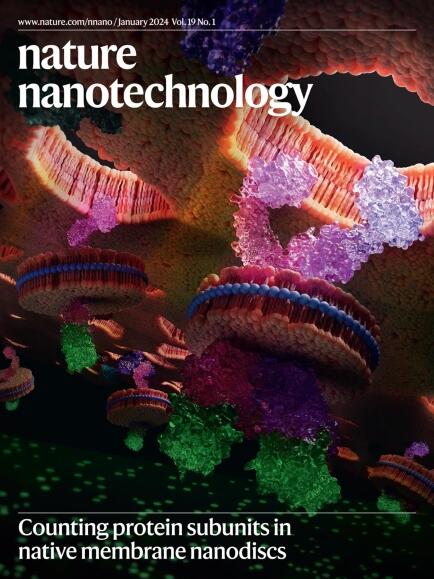Reversible metamorphosis of hierarchical DNA-inorganic crystals.
IF 34.9
1区 材料科学
Q1 MATERIALS SCIENCE, MULTIDISCIPLINARY
引用次数: 0
Abstract
Living systems transform their shapes via reversible formation of macromolecular structural complexes, leading to deformations at localized sites. Here we report DNA-inorganic flower-shaped crystals with inscribed deformation modes that enable flowers to shrink and bend reversibly. Template-independent DNA polymerization of pH-responsive and inert blocks tune the hierarchical assembly and spatial localization of DNA within flowers. Experiments and simulations demonstrate that reversible, pH-triggered folding of intraflower DNA strands drives reconfiguration of flowers. By contrast, the subflower localization of these contractile DNA motifs dictates the mode of shape change. As microscale flowers close and open, their nanoscale crystal organization changes reversibly, suggesting that mechanical metamorphosis of flowers is transduced across multiple organizational length scales. The adaptability of flowers to environmental changes activates cascaded biocatalytic reactions and reveals gel-encrypted information. Further variation of the DNA polymer sequence, its subcrystal localization and its reversible folding advances a new class of organic-inorganic shape-shifters.等级dna -无机晶体的可逆变态。
生命系统通过大分子结构复合体的可逆形成来改变其形状,从而导致局部位置的变形。在这里,我们报告了具有内刻变形模式的dna无机花形晶体,使花能够可逆地收缩和弯曲。ph响应和惰性块的模板无关DNA聚合调节了花内DNA的层次组装和空间定位。实验和模拟表明,可逆的,ph触发的花内DNA链折叠驱动了花的重新配置。相比之下,这些可收缩DNA基序的亚花定位决定了形状变化的模式。随着微尺度花的闭合和开放,其纳米尺度晶体组织发生了可逆的变化,这表明花的机械变形是在多个组织长度尺度上进行的。花对环境变化的适应性激活了级联的生物催化反应,并揭示了凝胶加密的信息。DNA聚合物序列的进一步变化,其亚晶定位及其可逆折叠提出了一类新的有机-无机变形物。
本文章由计算机程序翻译,如有差异,请以英文原文为准。
求助全文
约1分钟内获得全文
求助全文
来源期刊

Nature nanotechnology
工程技术-材料科学:综合
CiteScore
59.70
自引率
0.80%
发文量
196
审稿时长
4-8 weeks
期刊介绍:
Nature Nanotechnology is a prestigious journal that publishes high-quality papers in various areas of nanoscience and nanotechnology. The journal focuses on the design, characterization, and production of structures, devices, and systems that manipulate and control materials at atomic, molecular, and macromolecular scales. It encompasses both bottom-up and top-down approaches, as well as their combinations.
Furthermore, Nature Nanotechnology fosters the exchange of ideas among researchers from diverse disciplines such as chemistry, physics, material science, biomedical research, engineering, and more. It promotes collaboration at the forefront of this multidisciplinary field. The journal covers a wide range of topics, from fundamental research in physics, chemistry, and biology, including computational work and simulations, to the development of innovative devices and technologies for various industrial sectors such as information technology, medicine, manufacturing, high-performance materials, energy, and environmental technologies. It includes coverage of organic, inorganic, and hybrid materials.
 求助内容:
求助内容: 应助结果提醒方式:
应助结果提醒方式:


